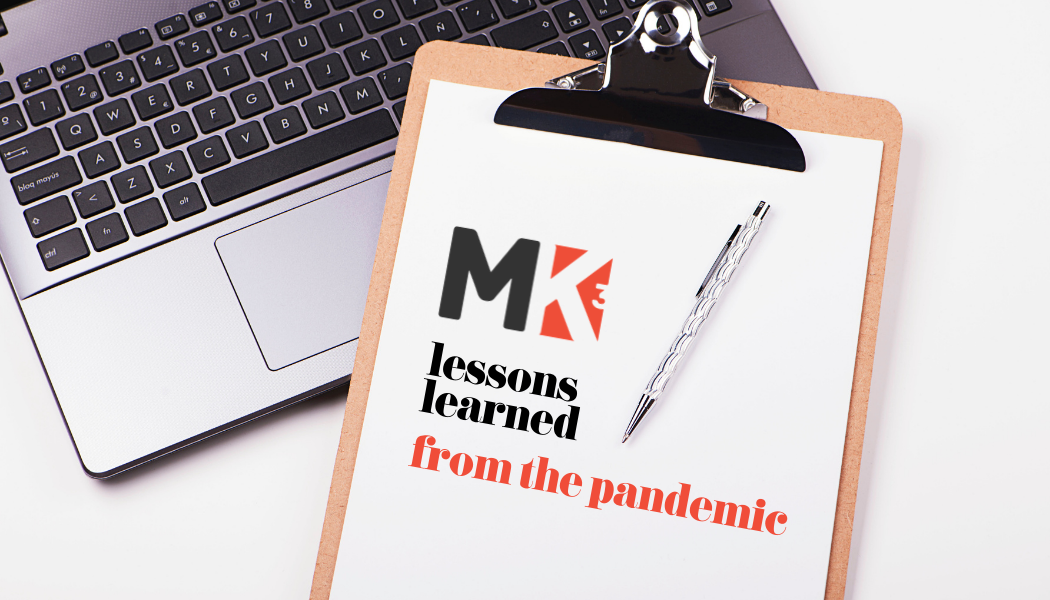06.30.21
dear client

Dear Client,
I apologize.
Script writing is one of the many creative services offered here at MK3, and since writing is one of my areas of expertise, chances are I’ve touched your script. And chances are there’s a part of my script writing process that may have disappointed you.
I don’t track changes.
I’m sure that tracking changes during the creation of a document is an integral part of your creative process since your work is often passed among partners, departments and collaborators. For you and your team, it’s important to see where the document was and where it’s going, in real time.
But to me, a script with tracked changes looks like an autopsy, with its guts pulled out and spilled all over the margins…or an electrical engineering schematic, one loose connection away from a short circuit.
By the time it gets into my hands, a script is no longer a document to be dissected, but a creative element with a life of its own. Its visual presentation is as important to me as the words all lined up in a row…and I can’t concentrate on a story that looks like a dish of tri-color pasta.
So when a “colorful” first draft arrives in my Inbox, I hit Accept All Changes and Stop Tracking, and then get to the work of writing. And please remember that during each revision and review process, I’ll keep track, lose track, run track, back track, fast track, track time, track down, get side-tracked, stay on the right track, cross the train track, wear a track suit, use a laugh track, create a soundtrack…but I won’t push the Review button and Track Changes.
And so, on behalf of the MK3 Words Department, I apologize…retroactively and in advance.

Dear Client,
I apologize.
Script writing is one of the many creative services offered here at MK3, and since writing is one of my areas of expertise, chances are I’ve touched your script. And chances are there’s a part of my script writing process that may have disappointed you.
I don’t track changes.
I’m sure that tracking changes during the creation of a document is an integral part of your creative process since your work is often passed among partners, departments and collaborators. For you and your team, it’s important to see where the document was and where it’s going, in real time.
But to me, a script with tracked changes looks like an autopsy, with its guts pulled out and spilled all over the margins…or an electrical engineering schematic, one loose connection away from a short circuit.
By the time it gets into my hands, a script is no longer a document to be dissected, but a creative element with a life of its own. Its visual presentation is as important to me as the words all lined up in a row…and I can’t concentrate on a story that looks like a dish of tri-color pasta.
So when a “colorful” first draft arrives in my Inbox, I hit Accept All Changes and Stop Tracking, and then get to the work of writing. And please remember that during each revision and review process, I’ll keep track, lose track, run track, back track, fast track, track time, track down, get side-tracked, stay on the right track, cross the train track, wear a track suit, use a laugh track, create a soundtrack…but I won’t push the Review button and Track Changes.
And so, on behalf of the MK3 Words Department, I apologize…retroactively and in advance.
